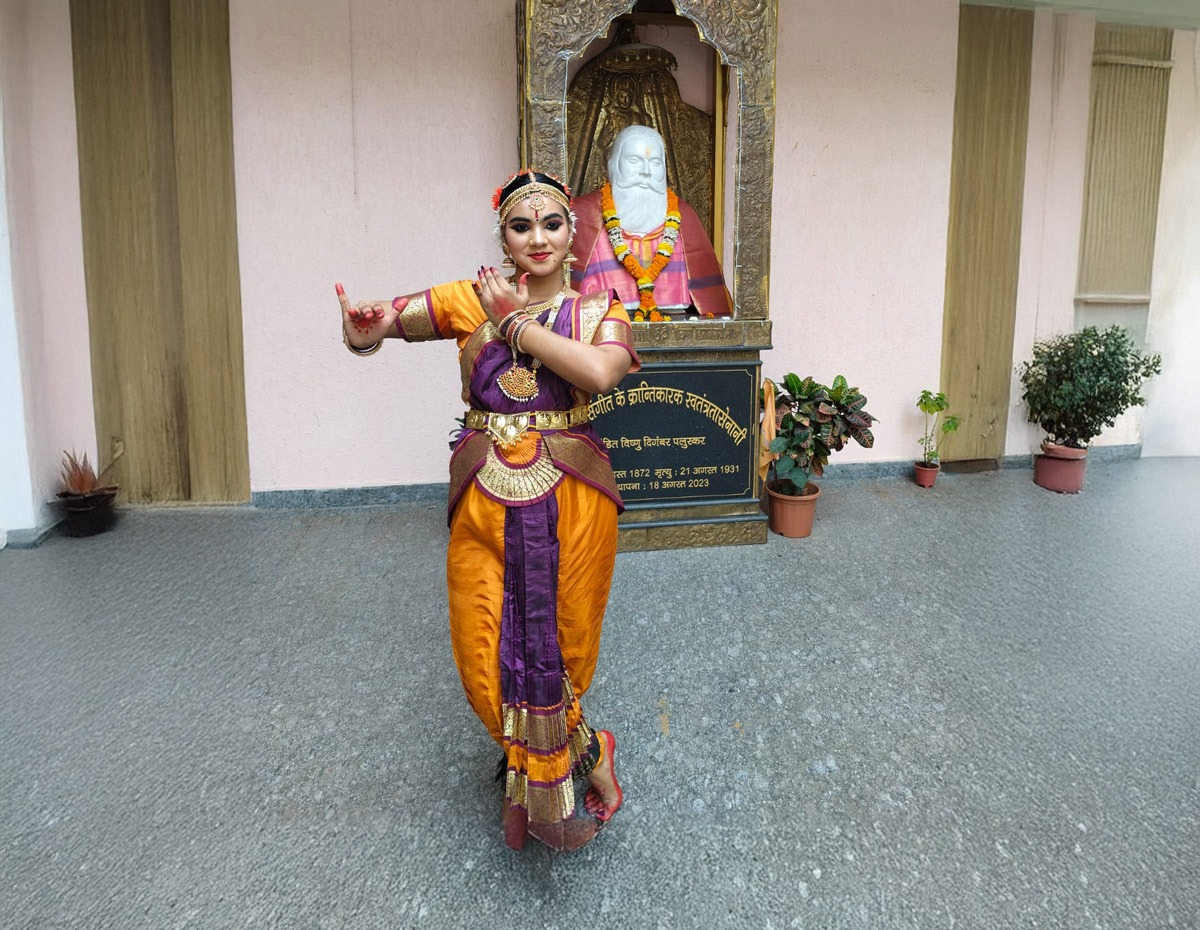The Art of Improvisation: Unveiling the Creative Freedom in Raag Performance

Improvisation lies at the heart of Indian classical music, transforming each performance into a unique dialogue between the artist, the Raag, and the audience. This spontaneous artistry breathes life into the
Raag, allowing musicians to explore its infinite dimensions. ABGMVM’s comprehensive training nurtures this creative freedom, preparing students to master the intricate art of improvisation.
The Essence of Improvisation in Raag Performanceacy of Dhrupad lies in its meticulous attention to several key aspects like –
Vocal Purity: Dhrupad emphasizes the pristine rendering of “swaras” (notes) and the maintenance of the “raga” (melodic framework).
Rhythmic Nuance: The rhythmic foundation of Dhrupad is laid by the “pakhawaj” (barrel drum) and the “tabla” (pair of hand drums). These instruments provide a complex yet contemplative framework for the vocalist’s exploration.
Compositions (Bandish): Dhrupad compositions, known as “bandishes,” are typically structured with a slow tempo and a focus on the elaboration of the raga’s essence. The lyrics often have devotional themes, drawing inspiration from spiritual texts.
Improvisation: While adhering to the core structure of the bandish, Dhrupad allows for improvisation within the established framework of the raga and tala. This controlled improvisation, known as “alap” and “nom-tom,” demonstrates the artist’s mastery and emotional connection to the music.
Improvisation in Hindustani classical music is not unrestrained; it thrives within the framework of theRaag and Taal. This balance of discipline and creativity ensures that every rendition remains rooted in tradition while reflecting the artist’s individuality.
The art of improvisation exemplifies the creative spirit of Indian classical music, making each performance an unparalleled experience. ABGMVM’s efforts in fostering this skill ensure that students not only honor tradition but also contribute to its evolution, keeping the legacy of Raag performance alive and thriving.